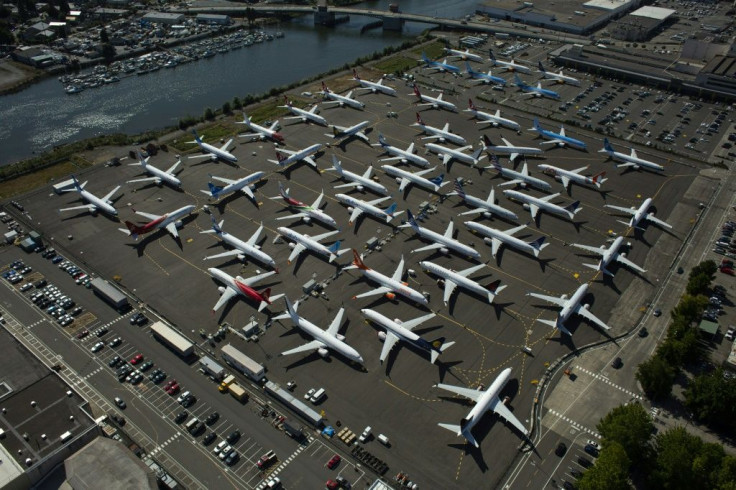EASA Says 'No Delegation' Of 737 MAX Approval To FAA, Showing Distrust Of US Regulator

Boeing's plans to return the grounded 737 MAX jets to the skies by the fourth quarter has run into some serious rought weather, with regulators in Europe and India refusing to follow the U.S. regulator's approval process automatically.
Although the U.S. Federal Aviation Administration has not indicated that it is following Boeing's timeline, it is clear there is some erosion of trust from other national regulators on the approval of design changes suggested by Boeing to bring the aircraft back to service.
After two fatal crashes that together claimed 346 lives, U.S. regulators were left scrambling to understand a new flight control software that Boeing added to the plane but did not mention in pilot manuals. That gap in knowledge on the software, which were blamed for the crashes, was attributed to the FAA delegating parts of the certification process for the plane to the aircraft manufacturer
The FAA's actions were widely seen as a result of "regulatory capture" by Boeing.
On Tuesday, the executive director of the European Union Aviation Safety AGency (EASA) told the European Parliament that the watchdog has set out four conditions for it to allow the MAX to return to service, the Seattle Times reported. Crucially, in a letter to the FAA on April 1, the EASA said there would be "no delegation" on the safety approval for the plane. In other words, the Europeans want to run their own tests before approving the plane for commercial flights.
The four conditions, multiple reports said quoting the slides that Patrick Ky presented to the European Parliament's committee on transport and tourism, were:
- Design changes proposed by Boeing are EASA approved (no delegation to FAA).
- An "additional and broader independent design review" by EASA
- The causes of the two fatal crashes were deemed to have been sufficiently understood; and
- That flight crews have been adequately trained in any changes to the plane
The EASA's conditions break the long-standing precedent of global regulators approving the FAA's decisions without requiring further tests and cerfications.
India's Directorate General of Civil Aviation (DGCA) also reportedly has differences in the level of pilot training required to bring the aircraft back to the skies, the Seattle Times reported. The U.S. pilots reportedly are satisfied that computer-based training is sufficient but the DCGA has so far not agreed to it.
The distrust of the FAA and the dent in its credibility will raise the cost and time required by plane manufacturers to certify their aircrafts. It is ironic that it was to lower the cost and cut the time required that the FAA allowed Boeing to carry out parts of the certification of the MAX.
Boeing could now be facing lengthy and costly trials and certifications by individual regulators as an FAA approval would not automatically translate to approval from other national regulators. Even if the FAA decides to back Boeing fully as it had done with the MAX after the first crash, that of an Indonesian Lion Air flight, it would mean the planes can only fly only U.S. domestic routes.
The distrust of the FAA across world capitals was evident soon after the second crash, that of an Ethiopian Airlines aircraft. The Chinese regulator was the first to ground the planes, with the FAA dragging its heels before more evidence surfaced that the new software could be the culprit.
Some carriers, including Southwest Airlines and Air Canada, have already pushed back their plans for resuming MAX flights until January 2020.
© Copyright IBTimes 2024. All rights reserved.




















